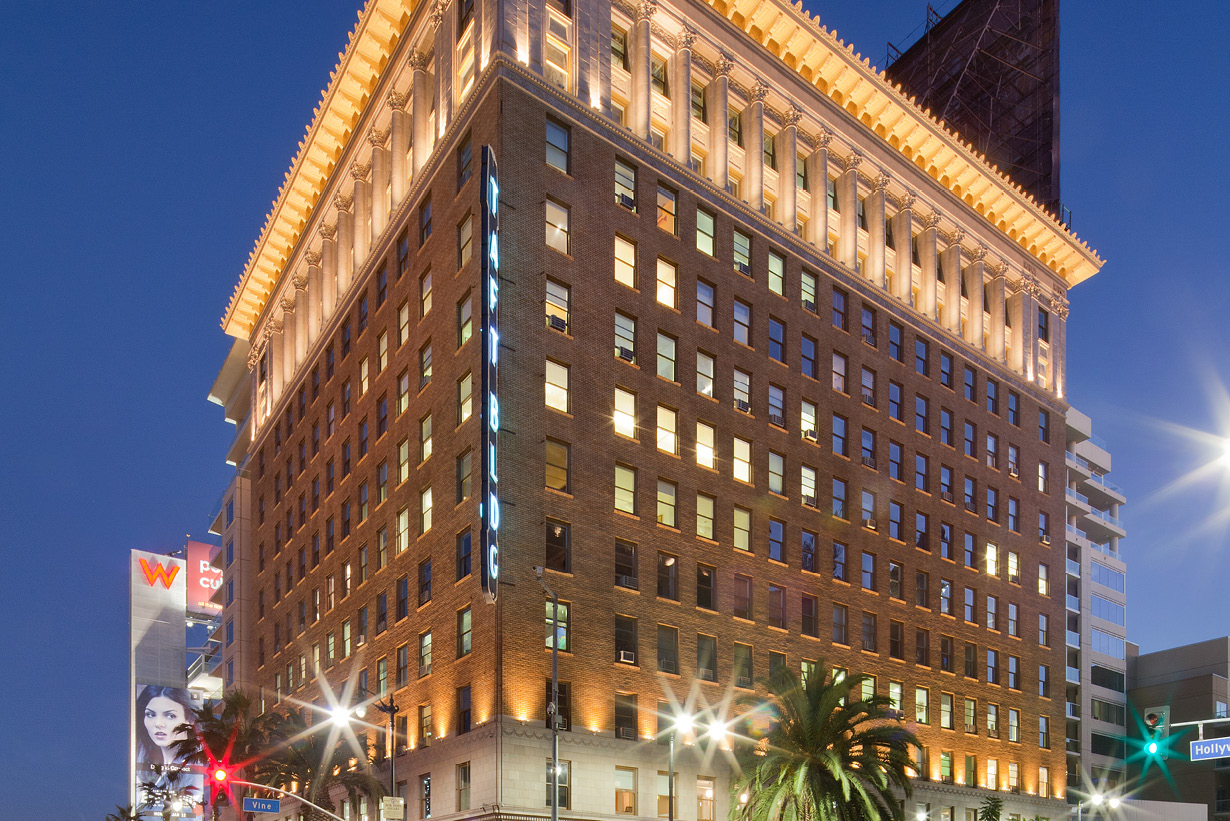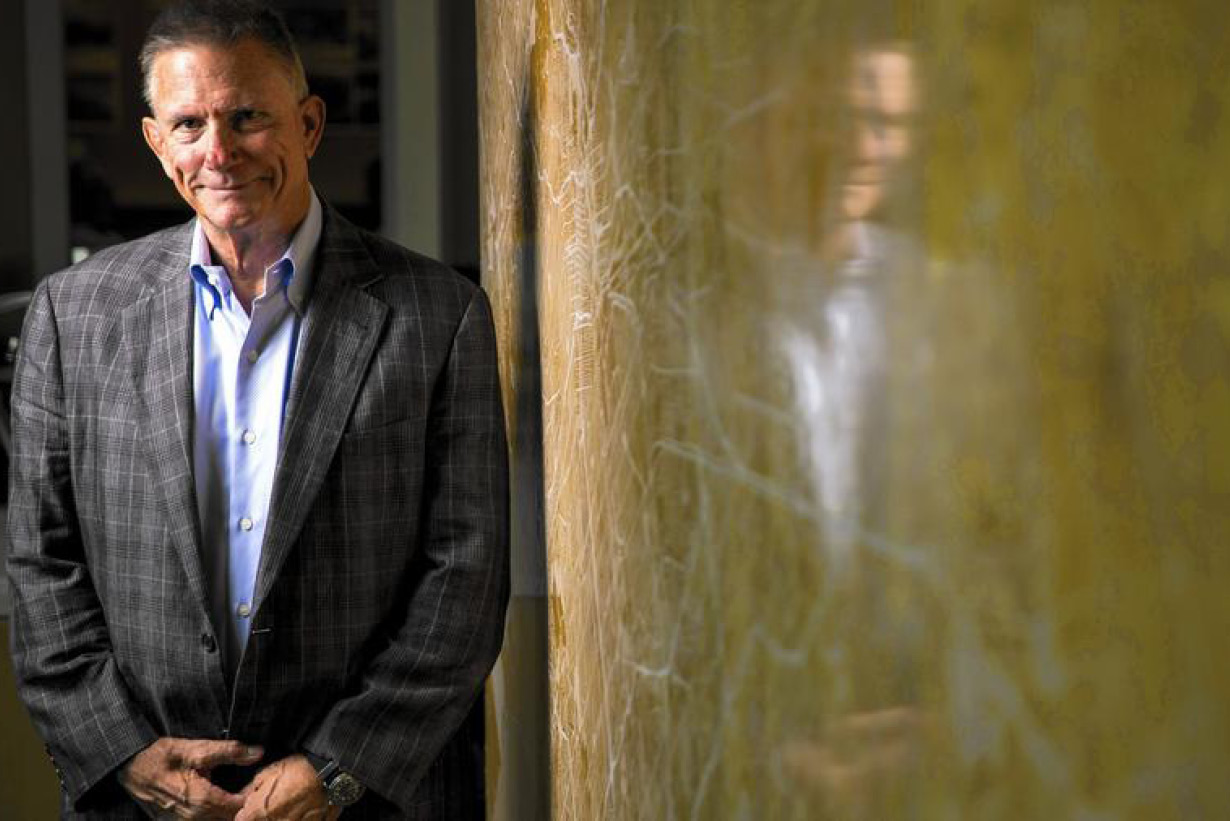The Historic Taft Building Unveils Major Reno
By Kelsi Maree Borland| Los Angeles
Tarrah Beebe: “Buildings such as The Taft are precious monuments. In many ways they could never be built today.”
LOS ANGELES—DLJ Real Estate Capital Partners has unveiled the renovation of the historic Taft Building in Hollywood. The renovation re positions the landmark property as a premier creative office space, while preserving the neo-Renaissance architecture to ensure that it continues to glimmer with history and character.Killefer Flammang Architects lead the redesign of the space, carefully balancing modern amenities and functions within the historic property. Built in 1923 and listed as a Los Angeles Historic Cultural Monument, the 12-story property now has open floor plans and modern heating and cooling systems to help attract the same kind of top-rate office tenants that occupied the property in its heyday, including Charlie Chaplin, Will Rogers and Academy of Motion Pictures Arts and Sciences. To learn more about the process, the design and creative office trends, we sat down with Tarrah Beebe, a project manager at KFA and the director of the design team for this project. Here is what she told us:
GlobeSt.com: What was the inspiration for the design of the new space?
Tarrah Beebe: It’s all about uncovering the inherent qualities of a beautiful, historical property. Buildings such as The Taft are precious monuments. In many ways they could never be built today. Much of our inspiration at The Taft came from our good fortune in having the building’s original drawings. It is amazing what they were able to achieve back then. We drew inspiration from these documents often, and they were very helpful in understanding the original design that, in many cases, was covered up and altered over the years.
Along Vine Street, for example, we referenced the historic drawings and cast molds of the existing historic fabric in order to recreate the rhythm and configuration of the historic storefronts. We were able to replace lost or damaged terra cotta tile in order to bring the façade back to its original design.
GlobeSt.com: What are the challenges of renovating historic buildings?
Beebe: There is an enormous amount of coordination with the Los Angeles Department of Building and Safety, and we needed to work closely with the Office of Historic Preservation as well. Frequent meetings at the City ensured that the project was moving in the right direction. That’s true even in a project like this, where there was no change of use to the property.
The configuration of the building, in particular the central open stair, is one feature of the building that has a lot of intact historic fabric. We wanted to maintain the beautifully detailed stone and decorative metal, but needed to collaborate with the City to ensure that fire and life safety requirements were met. The central stair provides an active transition from floor to floor, and it is integral to the experience within the corridors.
GlobeSt.com: What are some of the major design trends for creative office that have been incorporated into the space?
Beebe: The finishes in these spaces are very raw and loft-like. They have a sense of potential, and creative tenants respond to that. Also, a majority of these spaces have open floor plans, ideal for collaborative workspaces and other incidental social areas.
In many ways, creative tenants are reacting against more formal, corporate buildings. They are often uninspiring. This is ironic because in the 1920s the Taft was very successful as a formal office building. The transformation of the Taft brings new opportunity for today’s tech and creative tenants to re-imagine how their work space reflects their company’s culture. The combination of the original historic architecture, the new massive concrete shear walls, and a contemporary but historically inspired interior renovation creates the perfect environment for that creative spark.
 The 12-story property was built in 1923 and designed by Percy Eisen and Albert Walker.
The 12-story property was built in 1923 and designed by Percy Eisen and Albert Walker.
Kelsi Maree Borland is a freelance writer and editor living in Los Angeles. Her work has appeared in publications such as Travel + Leisure, Angeleno and Riviera Orange County.



